https://www.youtube.com/watch?v=WteGgqZoVfg
Worst Automotive Features of All Time - 1971 GM Forced Air Ventilation System
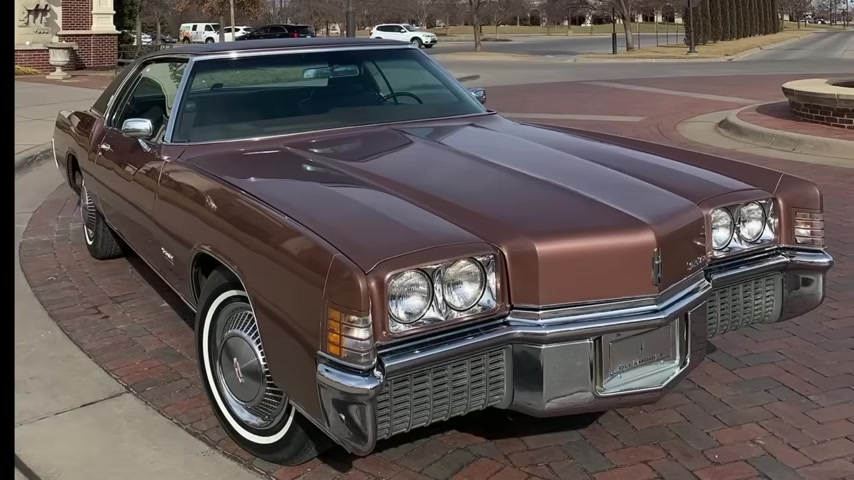
1971 saw a bevy of new models introduced by General Motors including full size cars as well as the Vega and it also saw one of the worst inventions of all time in automotive history .
Gm's forced air ventilation system before this introduction .
In 1971 for General Motors , many different manufacturers had some method of exhausting cabin air outside to provide fresh ventilation under a lot of conditions .
For example , many earlier Fords had Louvers on the Tula panel ahead of the trunk that expressly served the purpose of exhausting in cabin air and allowing fresh air to enter the cabin as well as exit while the windows were up .
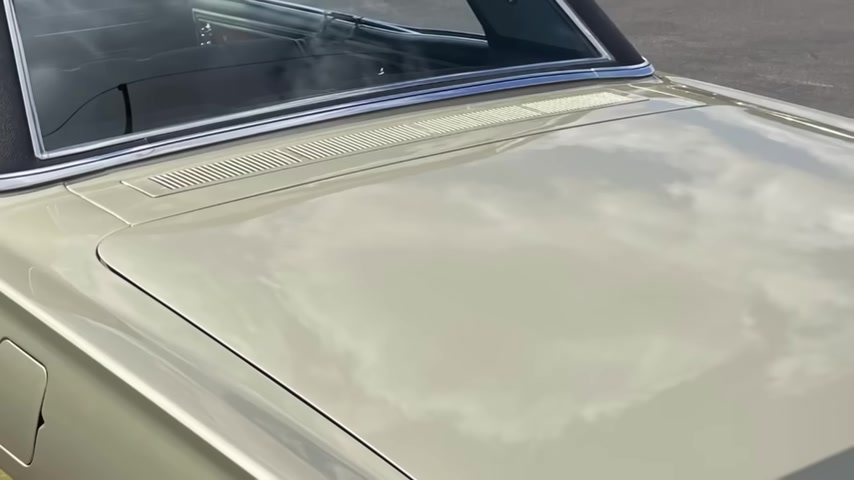
This was of course a relatively important feature back in the days where a significant fraction of Americans smoked and you obviously didn't want the smoke to remain in the car while you were trying to operate it .
Other car manufacturers including GM had systems before 1971 that took care of this as well .
However , in 1971 General Motors introduced a new system called force air ventilation across its entire full size lineup coops sedans , wagons and even the Chevrolet Vega that took this ventilation concept to a whole new level .
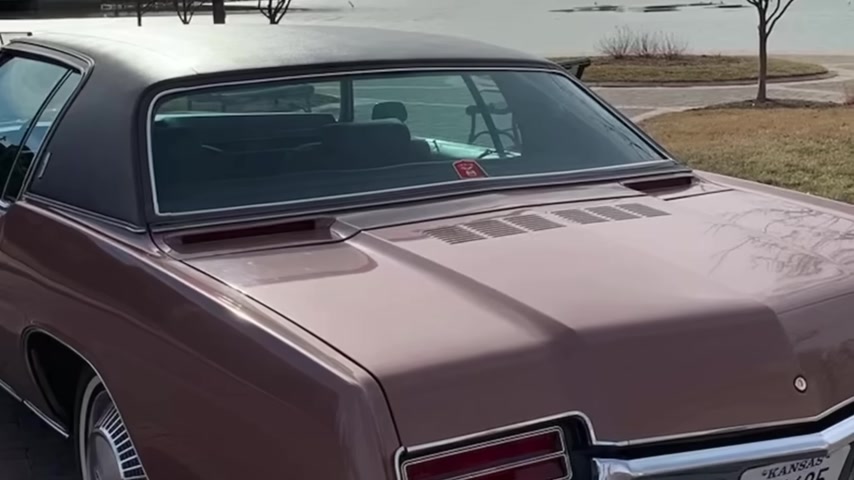
It employed Louvers on the trunk or the rear of the car to exhaust in cabin air and coupled this with a continuously operating fan speed to ensure that air was inta through the front of the vehicle into the passenger compartment and pushed out the rear through the Louvers in the trunk or on the wagons on the tailgate , it truly was forced air ventilation because on these vehicles , even if you put the climate control in the offsetting , the blower still runs on low speed to keep this forced air ventilation system continually operating .
In concept , it was a great and intuitive move with the air being able to linearly flow throughout the car coming in at the cow area circulating through the passenger cabin , going through the rear seat and just exiting out the trunk .
It made a lot of sense as opposed to the air taking some circuitous pathway .
However , in practice , the execution was not done well .
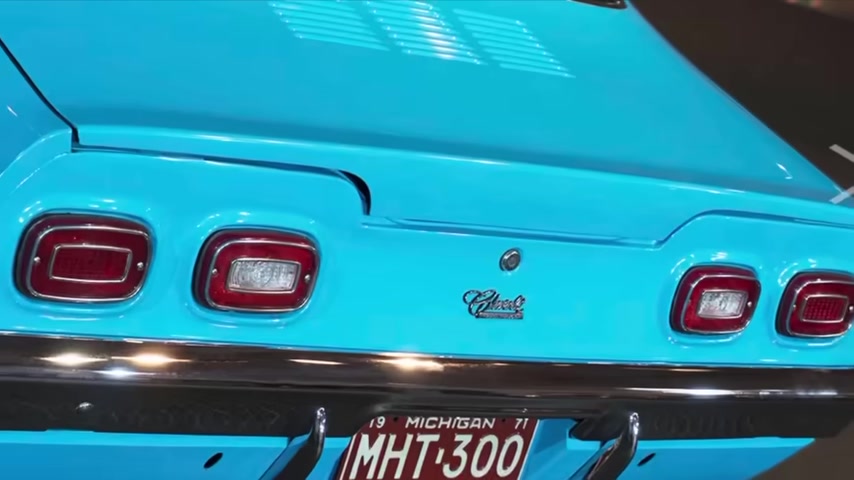
And there were many issues that came about with this particular system .
The first was that G M found engine exhaust was getting sucked back into the cabin and creating a risk of potentially asphyxiating people .
This certainly was not good and the Louvers were revised it part way through 1971 .
So the trunk did have less louvers on it .
However , another major issue arose particularly in the colder climates where in the winter and cold temperatures if you went through a car wash , the inner portion of the trunk would fill up with water and the trunk would freeze solid .
This was because water was supposed to pass in between the inner and outer trunk , sheet metal panels and exit through drains at the corners of the trunk lid .
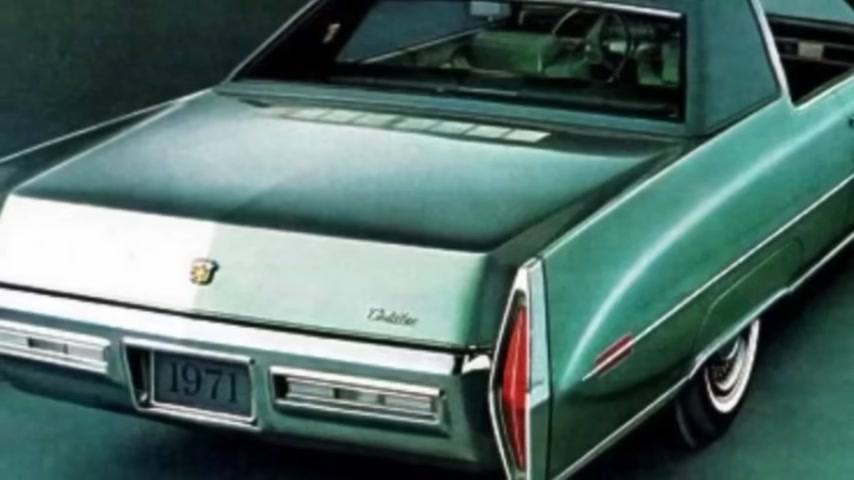
Well , as you can imagine if the temperature was significantly below freezing and you went through a car wash , a large amount of water would enter the trunk then freeze as it was trying to exit the drains , block the drains and freeze the trunk solid and closed , not allowing customers to open the trunk lid .
So , needless to say this design had a number of material issues and it's not overly clear why General Motors released it to the public .
You would think that the validation engineers would have tried car washes and tests to test for asphyxiation under certain conditions .
But the end result was that the system was completely eliminated after 1971 and redesigned out and the exhaust vent was moved from the trunk louver to the lock pillars which would allow the cabin air to escape into an area that was relatively protected , at least by the doors from the elements .
A similar design is still used on many cars today .
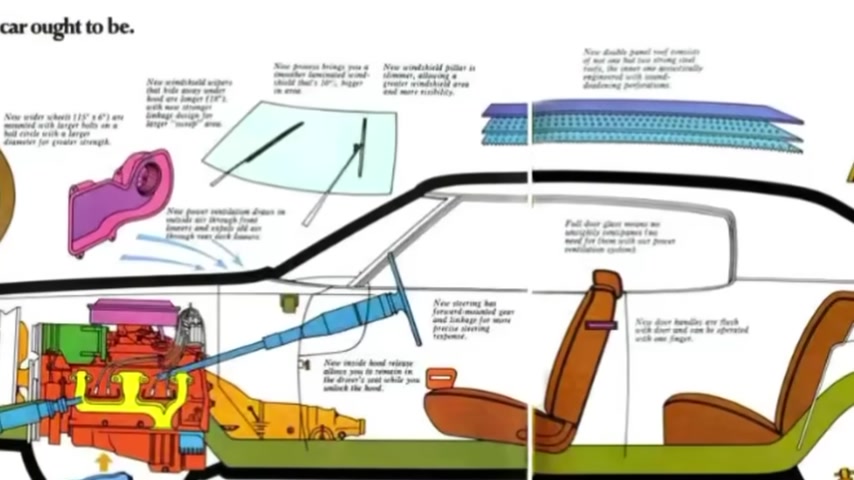
It's also interesting that GM was so proud of the system that in 1971 it released a series of ads for the Chevrolet Impala where an announcer placed a smoke bomb inside the car , you can imagine to simulate cigarette or cigar smoke and left it unattended with the force ventilation system on to demonstrate how the air would flow through the cabin and exhaust out the trunk unencumbered and also effectively with the windows closed .
In these ads , G M touted this feature as a class exclusive and while it certainly was a class exclusive , perhaps that was not the best thing I will say .
In spite of the lack of functionality of this particular design , I do enjoy some of the Louvers on the 1971 GM vehicles , particularly the early build cars with the large number of Louvers .
And I think it gives the car a bit of character and it certainly makes interesting conversation pieces to discuss at shows or with your friends .
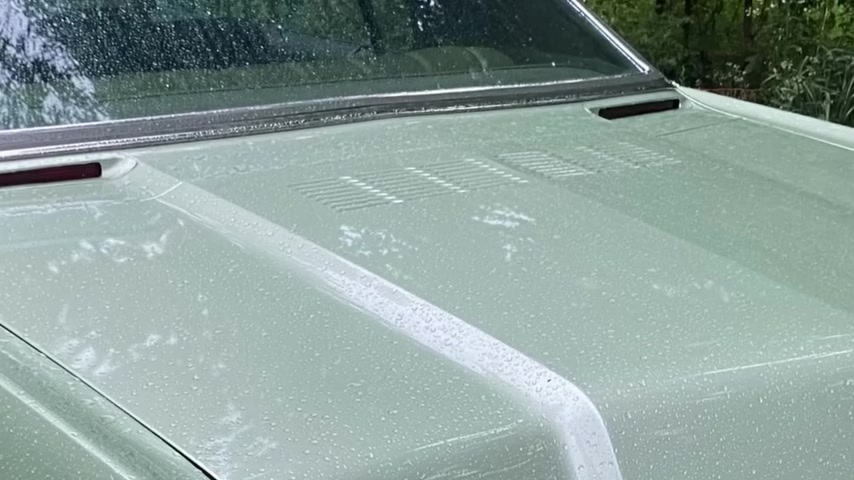
However , I will say when buying one of these cars , it also makes it increasingly critical to ensure that you have inspected the trunk lid and the surrounding areas to make certain that it doesn't have significant rust due to moisture build up in the trunk or the trunk panel area .
You can imagine in the Midwest , as cars became covered with road salt that went through car washes , that this salty water would drip down in between the trunk panels and also accelerate rusting it from the inside out .
Additionally , I would say that the 1971 to 6 General Motors full size models also had significant rust issues associated with the back window area , particularly on vinyl top cars .

What often happens is moisture gets trapped at the corners of the vinyl roofs underneath them and then rusts out that area of the roof panel underneath the vinyl top , allowing moisture then to penetrate inside the trunk , fill up the trunk with water and rust out the trunk pan .
And if this gets so bad , sometimes the water pools in the trunk to the degree that it spills over into the quarter panel area and rusts out the bottom of the quarter panels .
And it also sometimes runs down the package shelf inside of the car and rusts out the rear passenger compartment floors .
So make sure that if you're buying a G M car , this vintage that you check those corners of the back windows .
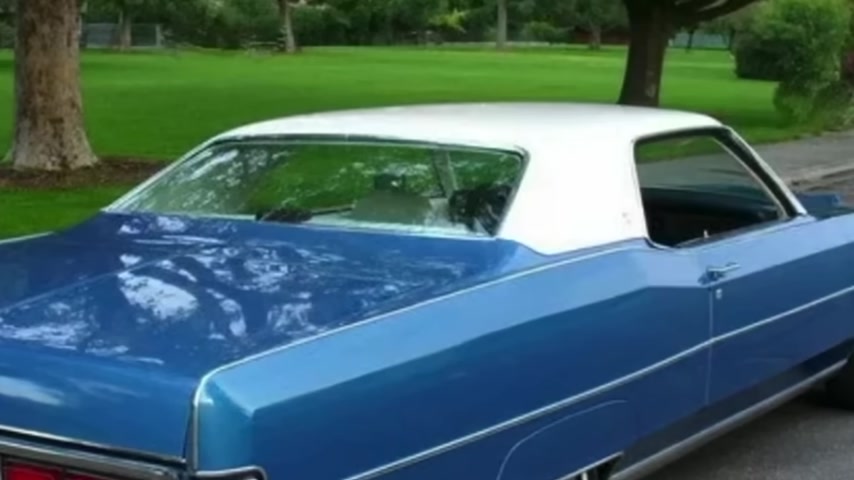
And this is true for a lot of American cars with vinyl roofs , but particularly true of G M cars of this generation , as well as I would say , early seventies , Lincoln Continentals that really tended to bubble in the corner of those rear windows as well .
And if you have a certain musty smell in the interior , don't necessarily just attribute it to old age .
It might have been that water running down that back packet shelf , creating a wet rear floor and also uh in introducing a lot of moisture into the passenger compartment , creating mold .
I hope you enjoyed this discussion of a novel and yet flawed feature .
Of the 1971 G M vehicles or at least a number of the 1971 G M vehicles .
Thanks again for watching .
Thanks again for watching this video on the 1971 G M forced air ventilation system .

If you enjoyed this video , please like and comment as that helps the youtube algorithm serve this video up to more people like you .
And also if you're not subscribed , please do click the circular icon of the 1967 Buick Riviera at the top left and then also check out two video thumbnails at the bottom left and right of videos youtube has served up for you .
Thanks again for watching and take care .
Are you looking for a way to reach a wider audience and get more views on your videos?
Our innovative video to text transcribing service can help you do just that.
We provide accurate transcriptions of your videos along with visual content that will help you attract new viewers and keep them engaged. Plus, our data analytics and ad campaign tools can help you monetize your content and maximize your revenue.
Let's partner up and take your video content to the next level!
Contact us today to learn more.